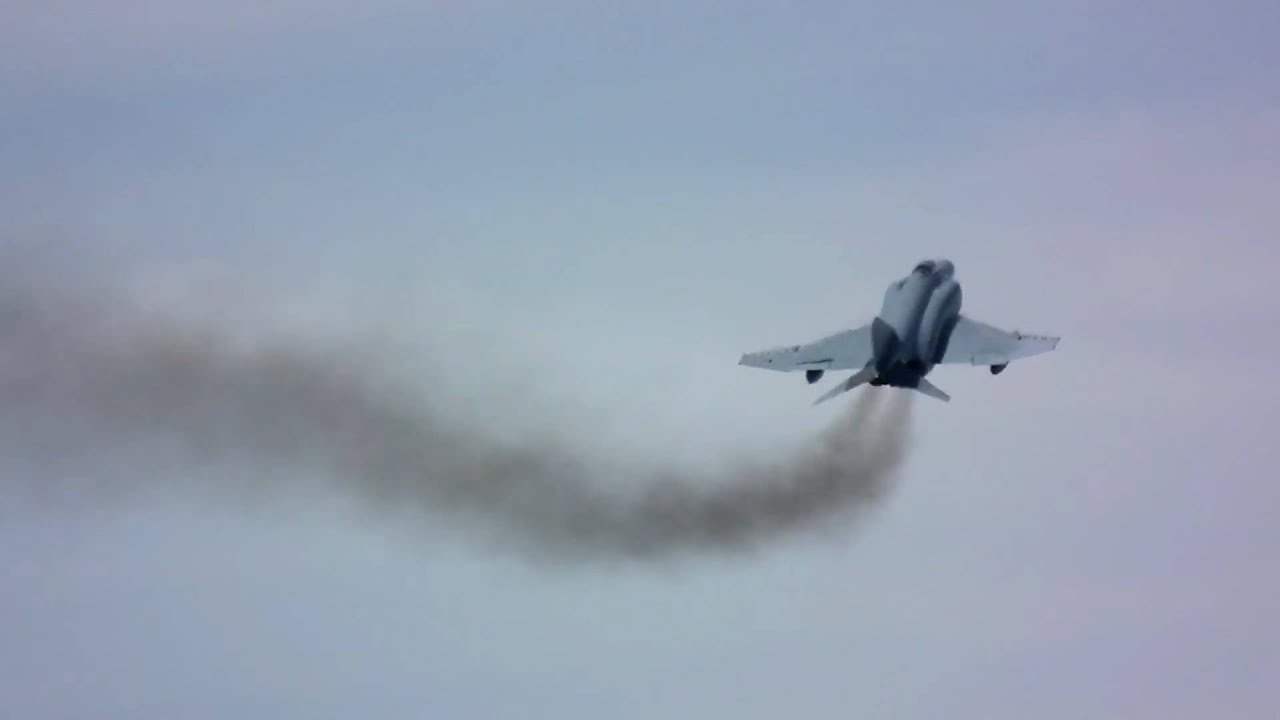Hi,
Talk technical---and stop the B S---tell me what does the smoke has that would have the heat seeker get attracted to it---.
And what does the invisible exhaust has that would not attract the heat seeker missile.
Heat is heat---the seeker does not have an eye to see the smoke trail---it just senses the heat signature---.
And just because some aircraft don't have smoke---what do you thin---the invisible exhasut does not have any heat?
.
Sir, I think you need to watch how you address people. I've read your posts, you are old and grumpy. I'd like to give you the respect a Sr. Citizen deserves but you got to control your mood swings. I don't know about you, but I do know I've earned a lot of respect through hard work and taking various risks in life.
Now I am going to address you with respect. If you lose control in the next message, you'll be taking to yourself when you address me, as I won't respond.
Common question, what is Carbon made out of when its released through Combustion?
Chemistry wise, it is a by product of the burnt fuel particles. When you do a BBQ, and fire up the grill, after cooking, what's left? Burnt Coal, aka, the Carbon. This is why the "Black Smoke" gets out also.
Black Smoke, means it has hot Carbon particles just like burnt hot Coal after the BBQ. So what does hot gas, supported by the black Coal particles does? The Coal adds more (and longer lasting) hot particles to the air behind the jet. Which in turn, helps a missile seeker looking for the Heat by keeping the hot air trail hotter..
The Heat Seeker missile tracks and targets a jet's exhaust heat. The Heat is the Heat (and I am not sure if you've ever flown a Jet, may be you have), the air up there is pretty cold. So the gas that comes out of a jet, loses its heat pretty quickly, due to outside air being close to, or in the minus Celsius depending on the altitude.
But if you added Coal/Carbon particles with "extended release heat capability", the missile even at a BVR distance could follow the trail of hot smoke with hot Carbon particles in it. There are also new sensors that allow a missile to not only look for the exhaust's hot air, but also various emissions too (including Carbon). These new techs are being tested at the Skunk Works with many more new tech. Thanks





 Did they start to build this thing right after the WWII? Looking at the Carbon emission, it seems so. The smoke would attract heat seeking missiles from dozens of miles away, in addition to the sensors. I expected better from the Russians. This is like a modified air-frame called "stealthy". One of the main features of any Stealth aircraft is to reduce or hide its heat signature. The -22 and the -35, don't have heat "leaking" like here in the shape of smoke and they also cool off air before it exits the jet's nozzle.
Did they start to build this thing right after the WWII? Looking at the Carbon emission, it seems so. The smoke would attract heat seeking missiles from dozens of miles away, in addition to the sensors. I expected better from the Russians. This is like a modified air-frame called "stealthy". One of the main features of any Stealth aircraft is to reduce or hide its heat signature. The -22 and the -35, don't have heat "leaking" like here in the shape of smoke and they also cool off air before it exits the jet's nozzle.


